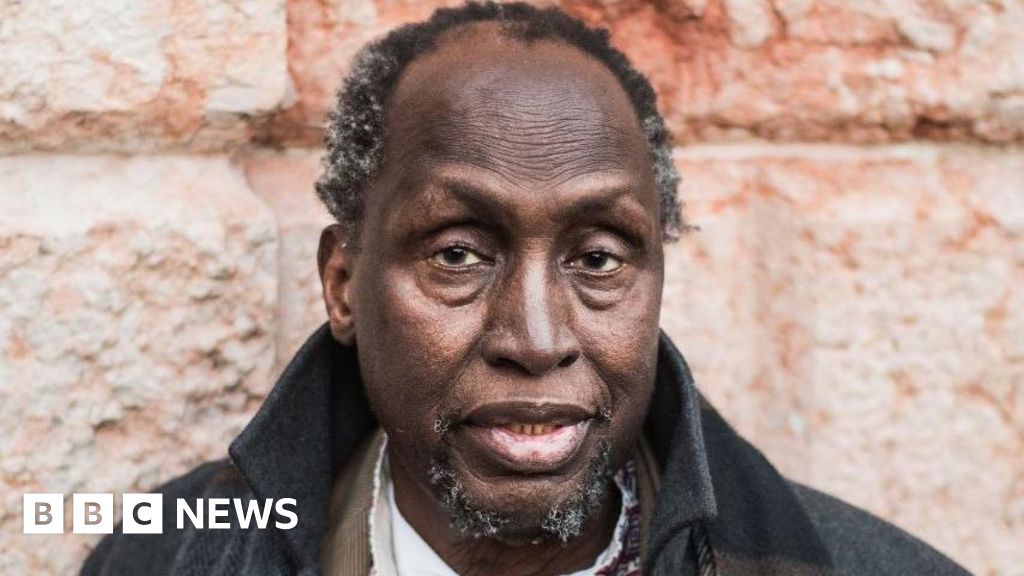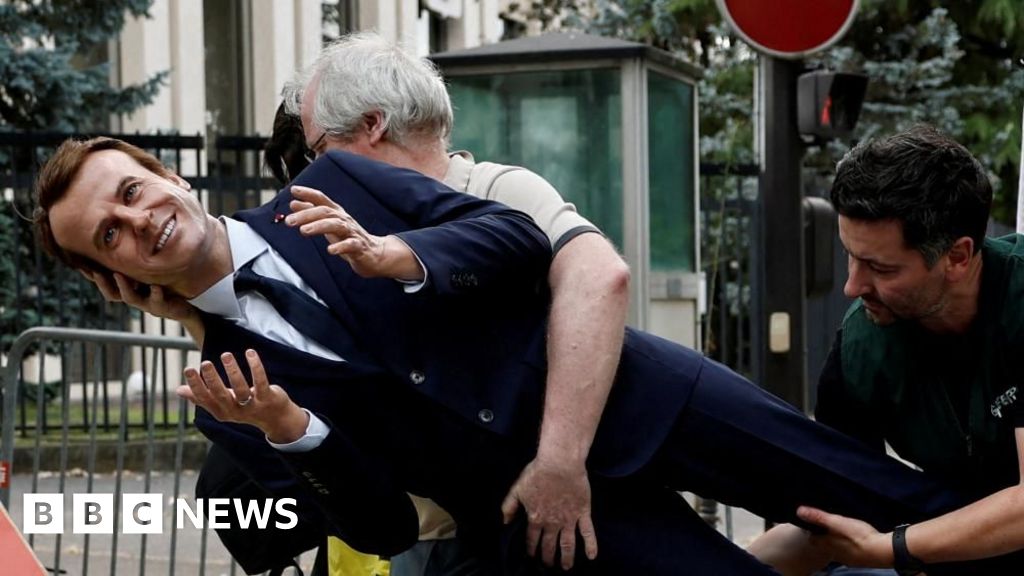- Innovation
guide Medicare Savings Programs for Limited-Income Individuals
时间:2010-12-5 17:23:32 作者:Sustainability 来源:Lifestyle 查看: 评论:0内容摘要:Doctors already know that heart attacks, especially severe ones, are a bit more common on Mondays generally — and in the morning, when blood is more clot-prone.Doctors already know that heart attacks, especially severe ones, are a bit more common on Mondays generally — and in the morning, when blood is more clot-prone.
Revivicor, a United Therapeutics subsidiary, produces kidneys and hearts with 10 gene edits, “knocking out” pig genes that trigger hyper-rejection and excessive organ growth and adding some human genes to improve compatibility. Maryland used hearts with 10 gene edits in its two xenotransplants. Looney also got a kidney with 10 gene edits, based on Locke’s research when she worked in Alabama.While Montgomery is thrilled with Looney’s progress, he’s done most work using Revivicor pigs with just

, in a xenotransplant last April and in research with the deceased.“Our feeling is, you know, less is more,” said Montgomery, noting it’s easier to mass produce pigs with fewer gene alterations. Looney’s transplant offers a chance to compare “really how much difference those additional gene edits are making.”In Boston, eGenesis has still another approach – a whopping 69 gene edits. In addition to 10 genetic alterations to improve human compatibility, genes linked to certain pig viruses also are inactivated.

Researchers feel pressure to show if pig organs can keep people alive much longer than a few months, said eGenesis’ Curtis. If not, the question will be “do we have the right gene edits?”The balance is choosing participants sick enough to qualify but not so sick they have no chance.

“There’s a tremendous number of patients who would be very willing, very willing to do this,” said Dr. Silke Niederhaus of the University of Maryland, who isn’t involved in xenotransplant research but watches it closely.
Niederhaus became a kidney transplant surgeon because around her 12th birthday, one saved her life. That kidney lasted three decades. When it failed, it took five years to find another. So she understands the draw of pig research, and urges people to learn their odds of getting a human kidney before volunteering.He has just said repeatedly throughout this postseason that he thinks the coaches shouldn’t be part of it — reiterating that after the Panthers eliminated the Hurricanes on Wednesday night, even going as far as convincing Brind’Amour to sit it out himself. In that moment, Maurice said, nothing should take the attention off the players on the two teams that just played a series.
“I don’t believe that the coaches should shake players’ hands at the end,” Maurice said. “There’s this long list of people in suits and track suits. We had like 400 people on the ice. They’re all really important to our group. But not one of them was in the game.”So, just as he did after the Round 2 win over Toronto, Maurice and his staff shook hands with Brind’Amour and other members of the Carolina staff. That happened near the benches, while the players partook in the traditional handshake line down the center of the ice.
Maurice said several weeks ago that he isn’t sure when the post-round handshake expanded to include coaches, and figures someone years ago did it just to either be seen or grab some television time. He said when he started coaching, people in the suits weren’t in those handshake moments.This season, he’s been trying to amend the tradition. And he thanked Brind’Amour for taking a risk, as Maurice said, in agreeing with him.
- 最近更新
- 2025-07-07 07:30:1050 Hilariously Relatable Memes That You Might Want To Spam Your Friends With (New Pics)
- 2025-07-07 07:30:10How the Federal Reserve affects mortgage rates
- 2025-07-07 07:30:10Angelina Jolie and Brad Pitt's Twins, 16, Make Rare Appearance Together
- 2025-07-07 07:30:10Anker Surge Protector Power Strip
- 2025-07-07 07:30:10discounts or special deductions
- 2025-07-07 07:30:10according to the Senior Citizens League
- 2025-07-07 07:30:10move money from cash into stocks
- 2025-07-07 07:30:10What To Do With Grass Clippings—And Why Tossing Them Might Be A Mistake
- 热门排行
- 2025-07-07 07:30:10The Dual Mandate and the Balance of Risks
- 2025-07-07 07:30:10A Kylie Jenner fan asked for her breast implant order on TikTok — and she responded.
- 2025-07-07 07:30:10No-Touch Accurate Forehead Digital Thermometer$16$30Save $14with coupon
- 2025-07-07 07:30:10Large Room Air Purifier$45$100Save $55with coupon
- 2025-07-07 07:30:10Best car insurance companies for 2025: AOL editor picks for rates, claims and more
- 2025-07-07 07:30:10AOLWhat is the 80% rule for homeowners insurance? Strategies to close the coverage gap
- 2025-07-07 07:30:10Air India plane crashes shortly after takeoff, carrying more than 240 people
- 2025-07-07 07:30:10No-Touch Accurate Forehead Digital Thermometer
- 友情链接
- Trump claims ceasefire reached between Israel and Iran Trump’s budget demands, Iran to split NATO summit focus The best headphones for more restful sleep of 2025 What is life like for Gaza evacuees? smart speakers or the latest in tech such as AOLWorried about tariffs? Here’s what prices are rising — and what’s still safe to buy The best headphones for more restful sleep of 2025 Will Iran block the Strait of Hormuz? What’s with Iran’s Death to America chant? shampoo for thinning hair in beauty The best hair growth vitamins and supplements, according to experts What to watch for in the New York City mayoral primary election Real Simple12 plants that attract unwanted bugs, critters to your yard Cute and flattering not-too-short shorts that will keep you cool all summer long Explosions seen in sky over Doha, Qatar Iran attacks US military base in Qatar What the US and Israel really want from Iran Central Park hits temp record last seen on this date in 1888 as heat wave hits easter… The Hidden Struggles of Women’s Health AOLA disgusting heat wave is coming — Here are 20 cooling fans on sale at Amazon Inter Miami enter Club World Cup last 16 to set up Messi’s date with PSG Explosions seen in sky over Doha, Qatar House Beautiful7 ways to prepare your home for extreme heat, according to experts Cute and flattering not-too-short shorts that will keep you cool all summer long ElleSolange, Raul Lopez helped celebrate 20 years of Telfar in NYC Martha Stewart LivingHow to deep clean a ceiling fan (without making a mess) Walmart just announced its biggest sale of the summer: These 25 deals are already live What’s with Iran’s Death to America chant? smart speakers or the latest in tech such as What’s with Iran’s Death to America chant?
